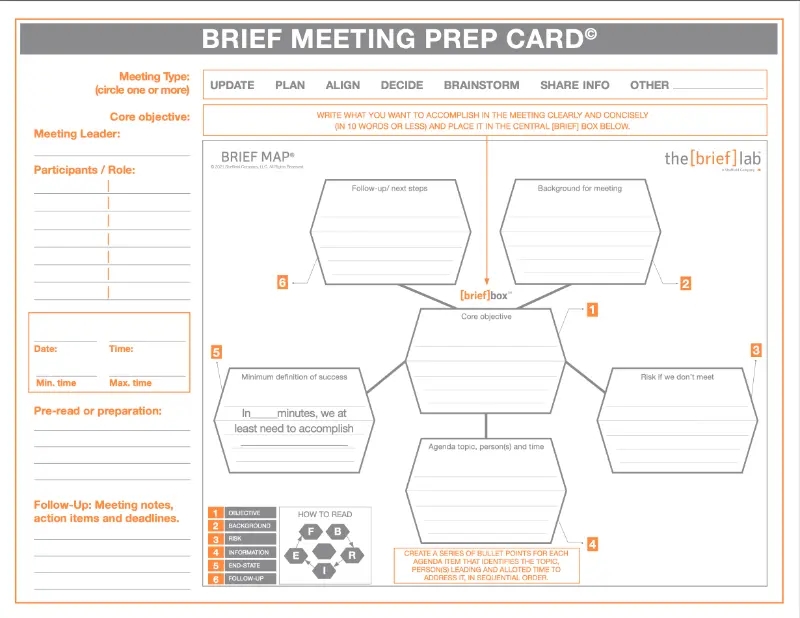
There are plenty of opportunities to stretch communication skills, especially in a crisis. Leaders need to find creative ways to help their teams stay motivated, focused and productive.
One of the first areas they can help their teams is personalizing contact among them. Keeping the tone of daily conversations “business as usual” can make any boss look tone deaf to the uncertainty the organization faces.
Here are three simple, practical ways for teams to talk more and strengthen their strained personal connections during this crisis. Treat these like practical communication exercises that will not only make you a stronger communicator but also a better teammate and human being:
- “Highs and lows”: It’s easy to start any conversation, especially via videoconferencing, with a standard opener like “how was your weekend?” or “what’s new?” Though it may be sincere, it often fails to generate a response beyond the obvious answers (fine, nothing, good, etc.). Years ago, I learned a marvelous little trick to entice my teenagers to talk more at dinner. Rather than asking them “how’s school?” and getting a grunt or one-word reply, I would ask them: “what was your high and low point?” Consider using this with your teams and encourage them to do it with each other. You’ll be amazed how that simple question gets people to open up.
- “Welcome to my world”: On many videoconferences, people are connecting from their own homes. Often, you’ll see items in the background (artwork, shelves, memorabilia, etc.). You’re now in their home, albeit virtually, and there’s an opportunity to learn more about them by asking them to show you an item around them. If you can’t see it on camera, maybe ask them to show you around a little. One of my colleagues has a bookshelf behind him, so one day I asked him what was on it. He grabbed a statue of a small black steer that outlined the cuts of meat. It was a cool story and gift from his wife. Getting people to share like this strengthens how we communicate.
- “Tell me more”: In many conversations, we provide short answers that are often enough to get a general sense of what’s happening. However, there is a way of prompting people to go further. Three simple words: “tell me more.” This short phrase has an immediate, almost magical ability to get people talking and sharing a deeper perspective. Since many of us now have much more time than usual, let’s use it to invite others in conversation to provide more detail. With some active listening, we use these moments as the bridge to better understanding and stronger connections.
These are three practical ways to strengthen how we communicate at any moment, especially in remote connections. It’s in these times that new habits and perspectives are formed. Let’s be sure that we take full advantage to grow stronger in our communication both individually and as dispersed teams.
To improve our skills as listeners, I recommend you read my new book NOISE: Living and leading when nobody can focus. In particular, chapter 15 is titled “Present Listening” and outlines the skills of giving your undivided attention as a gift in the present moment. The three exercises cited above all require more focused listening to work effectively.

